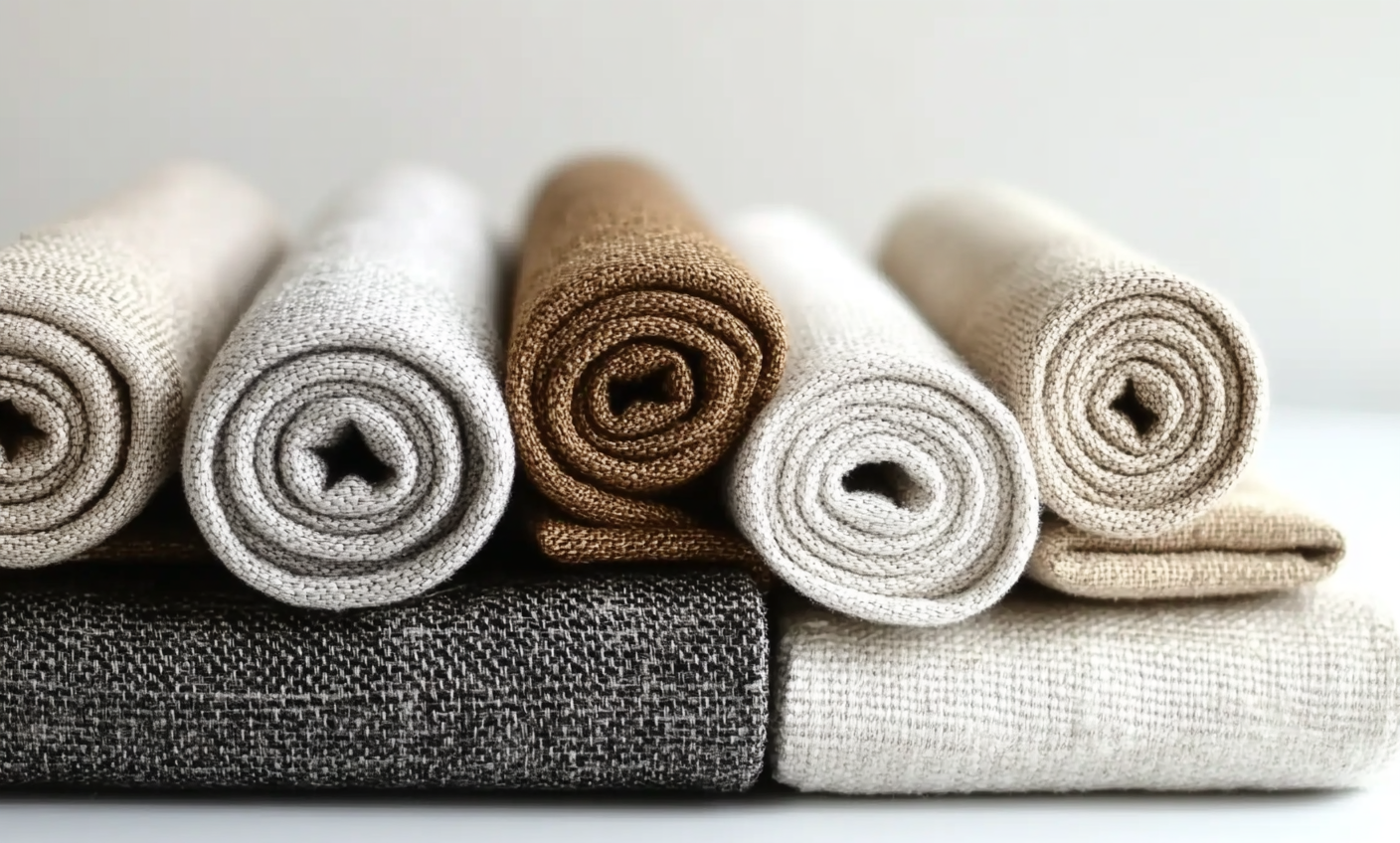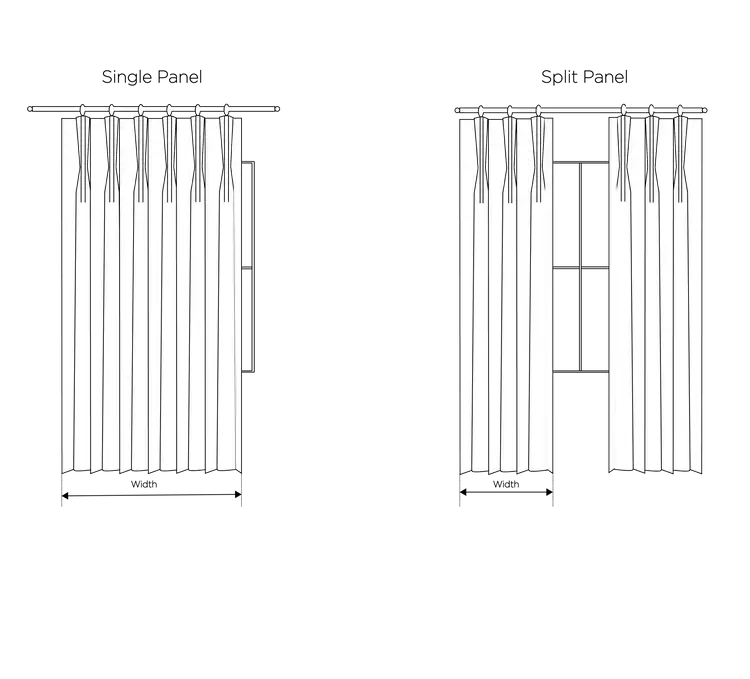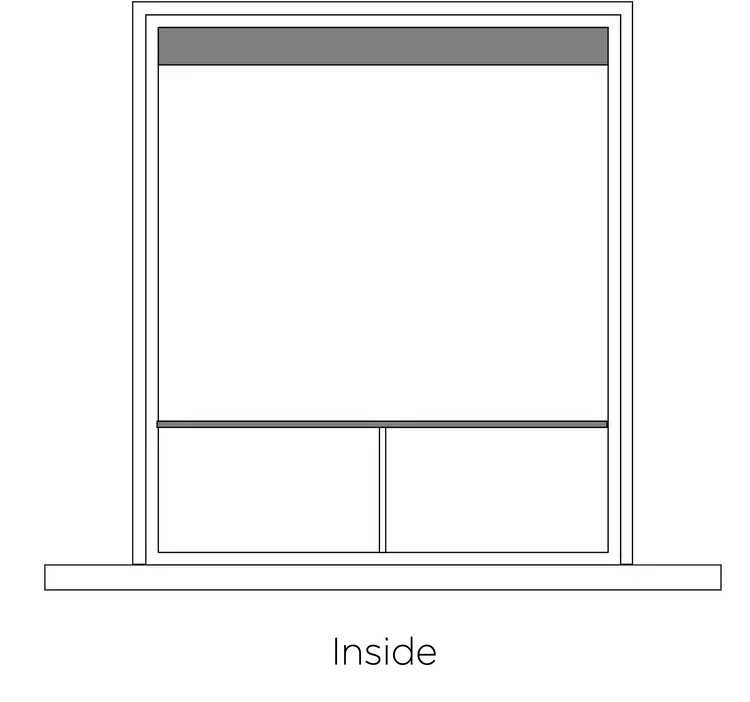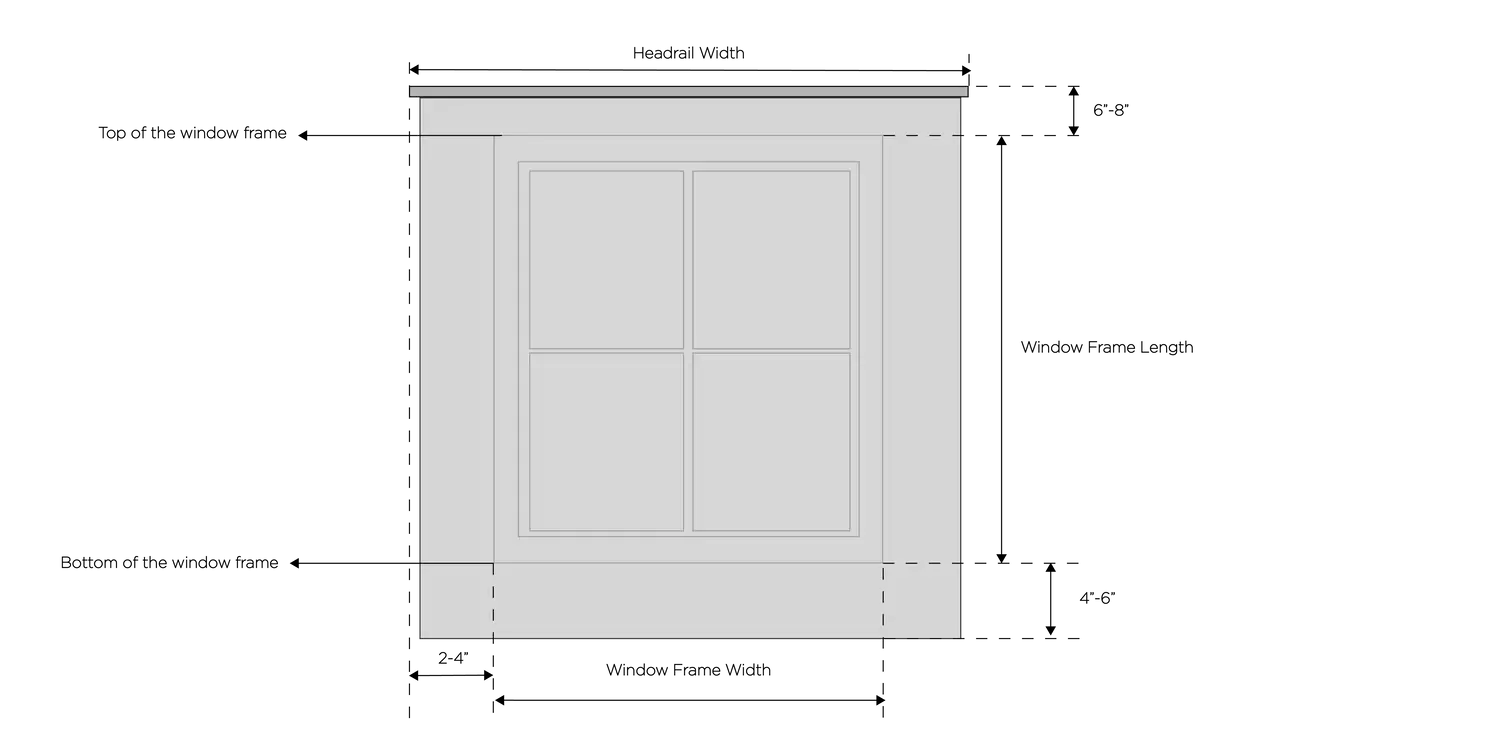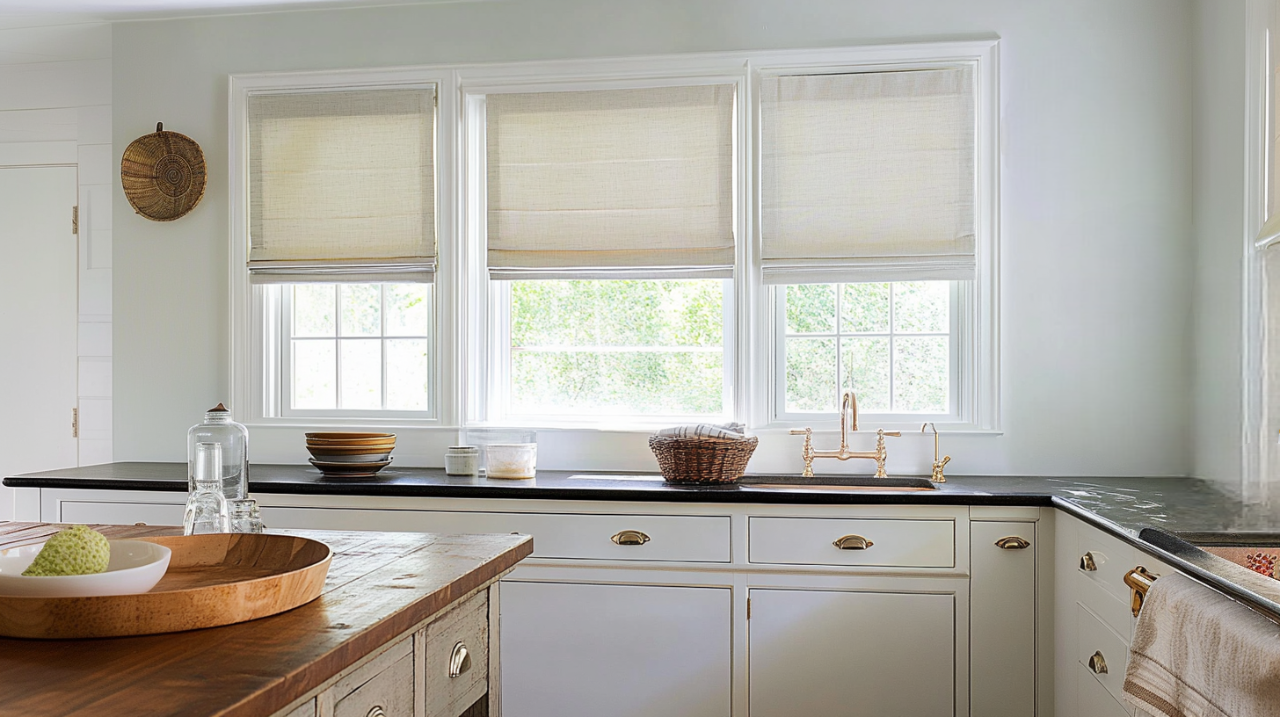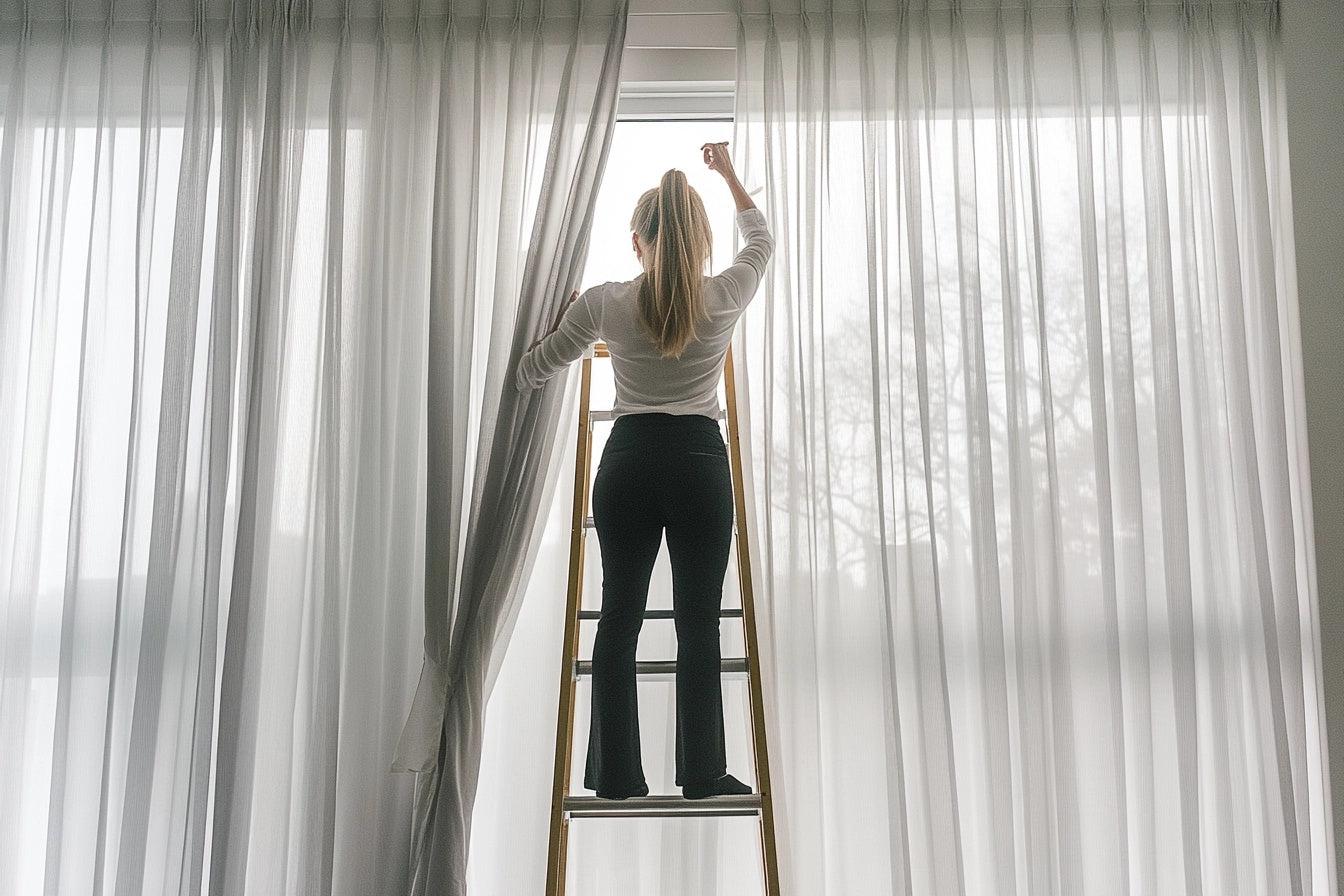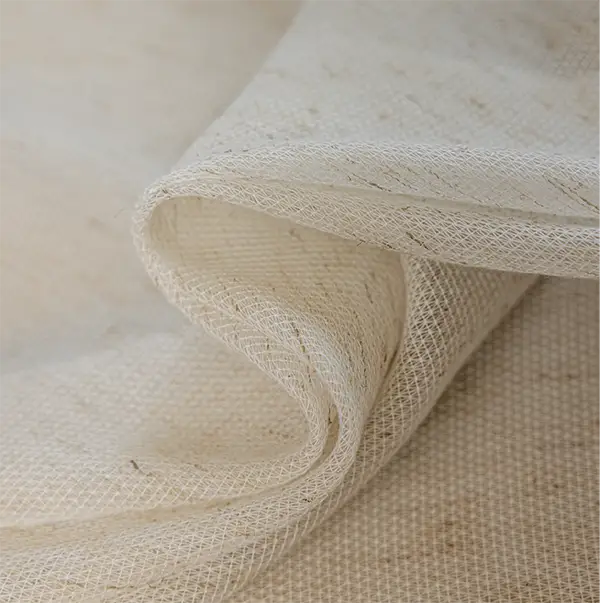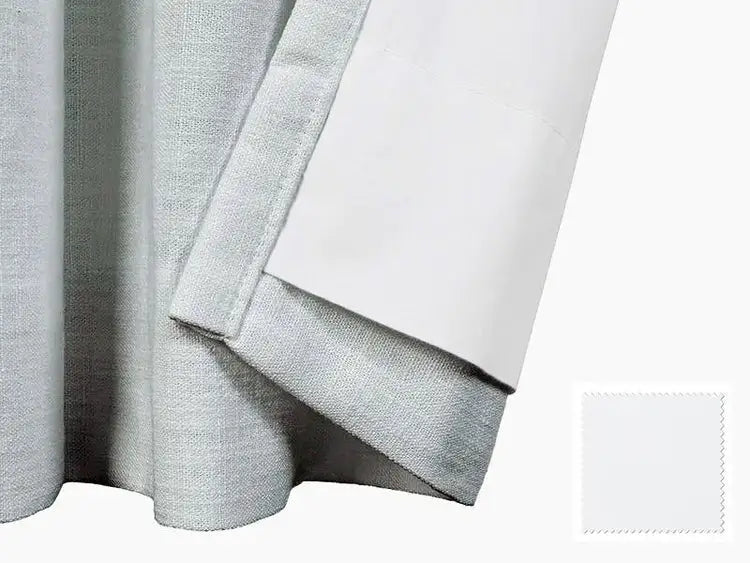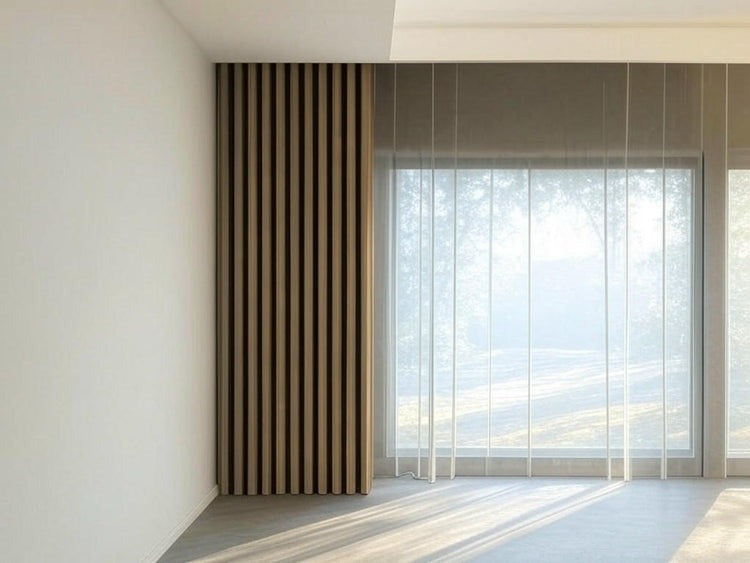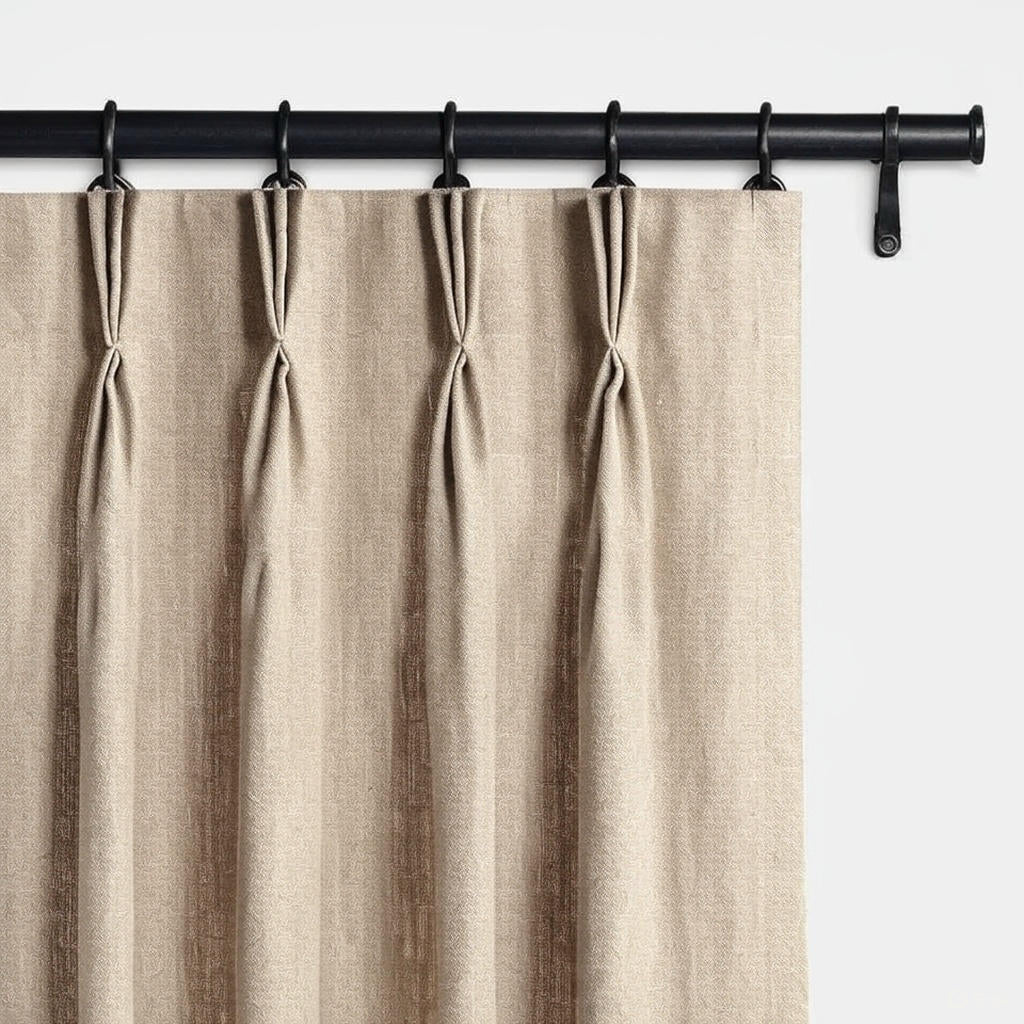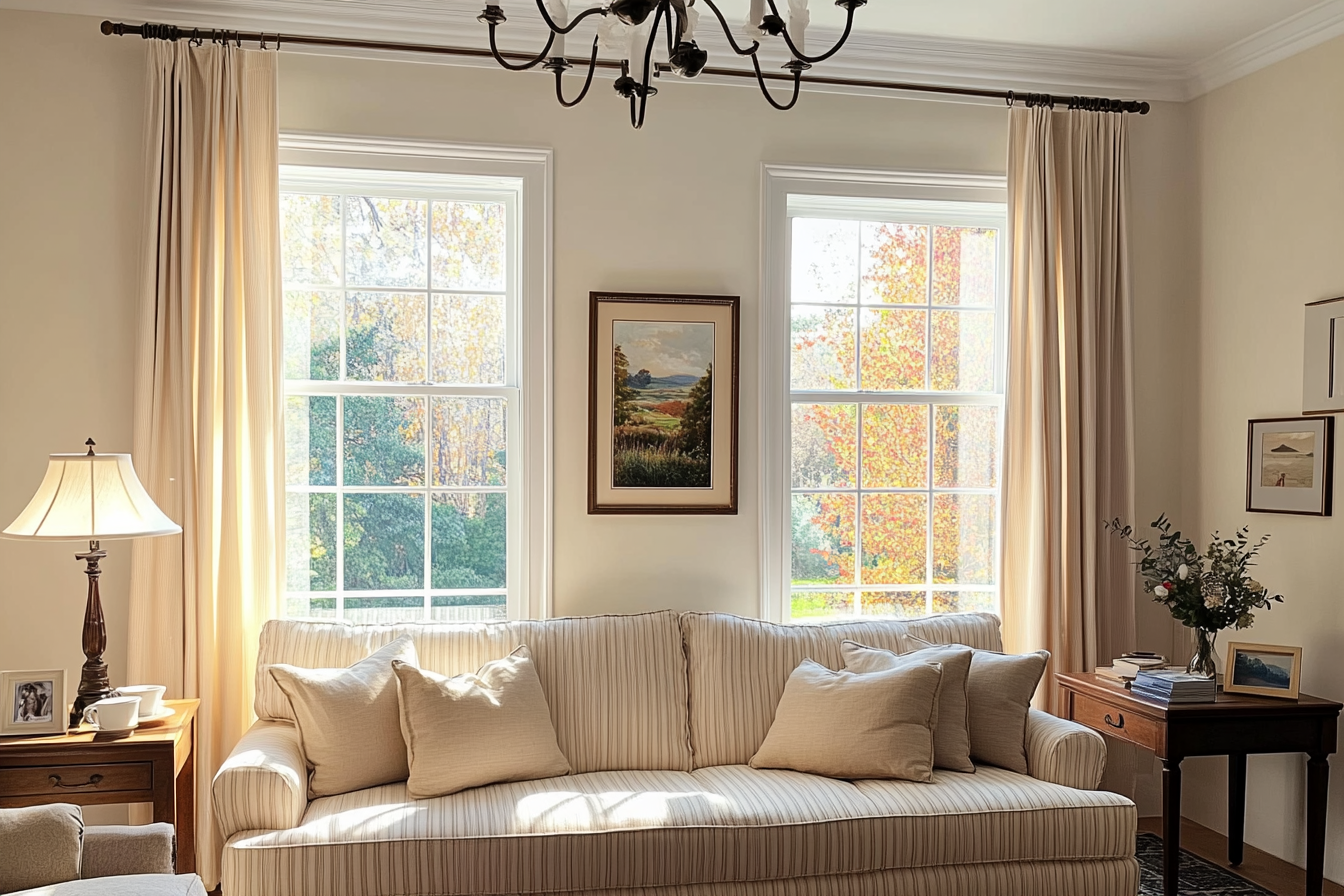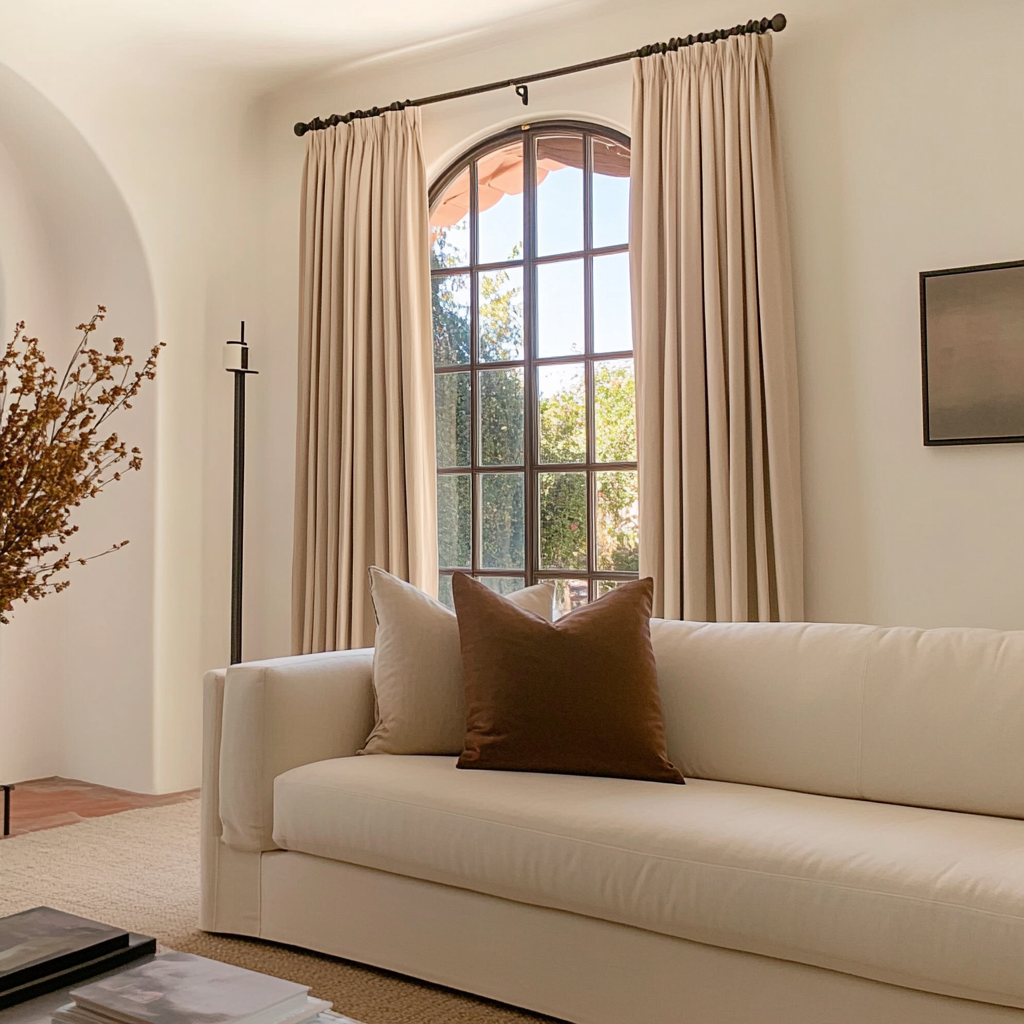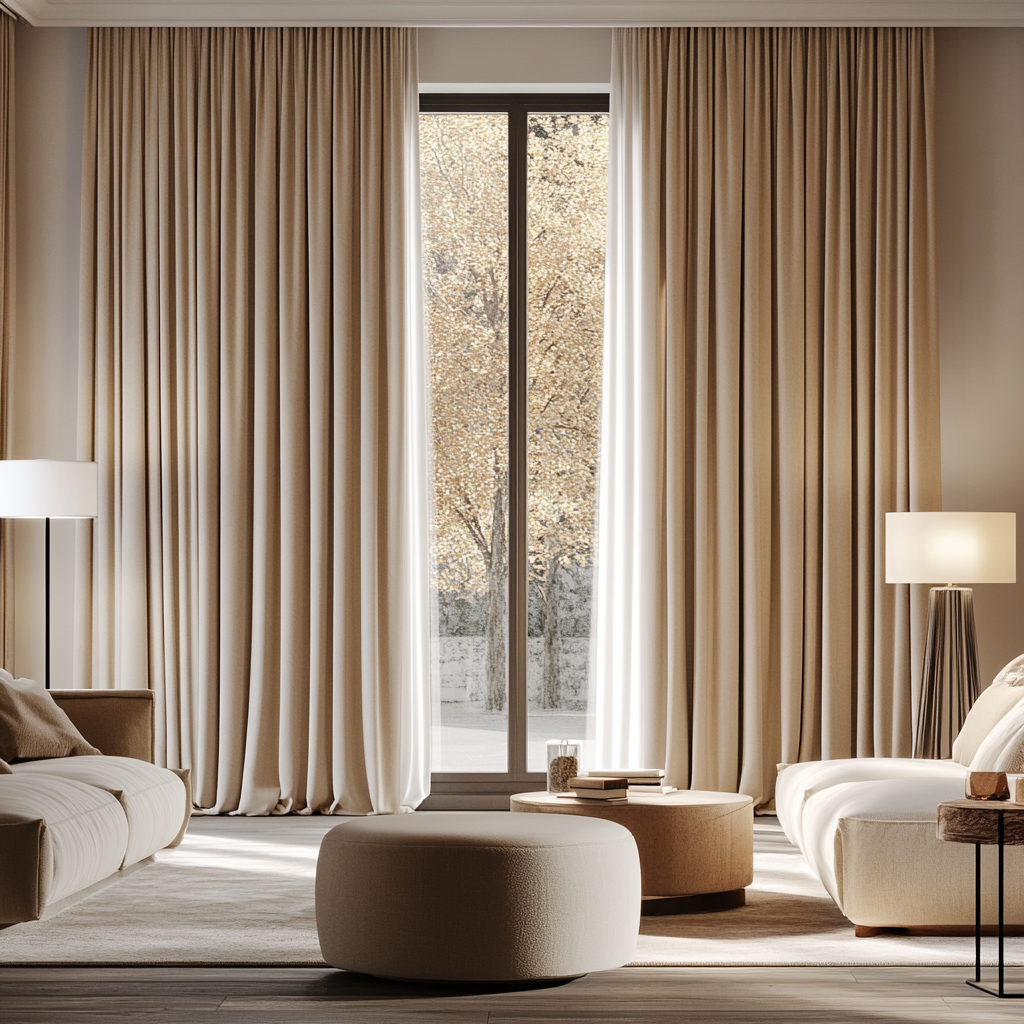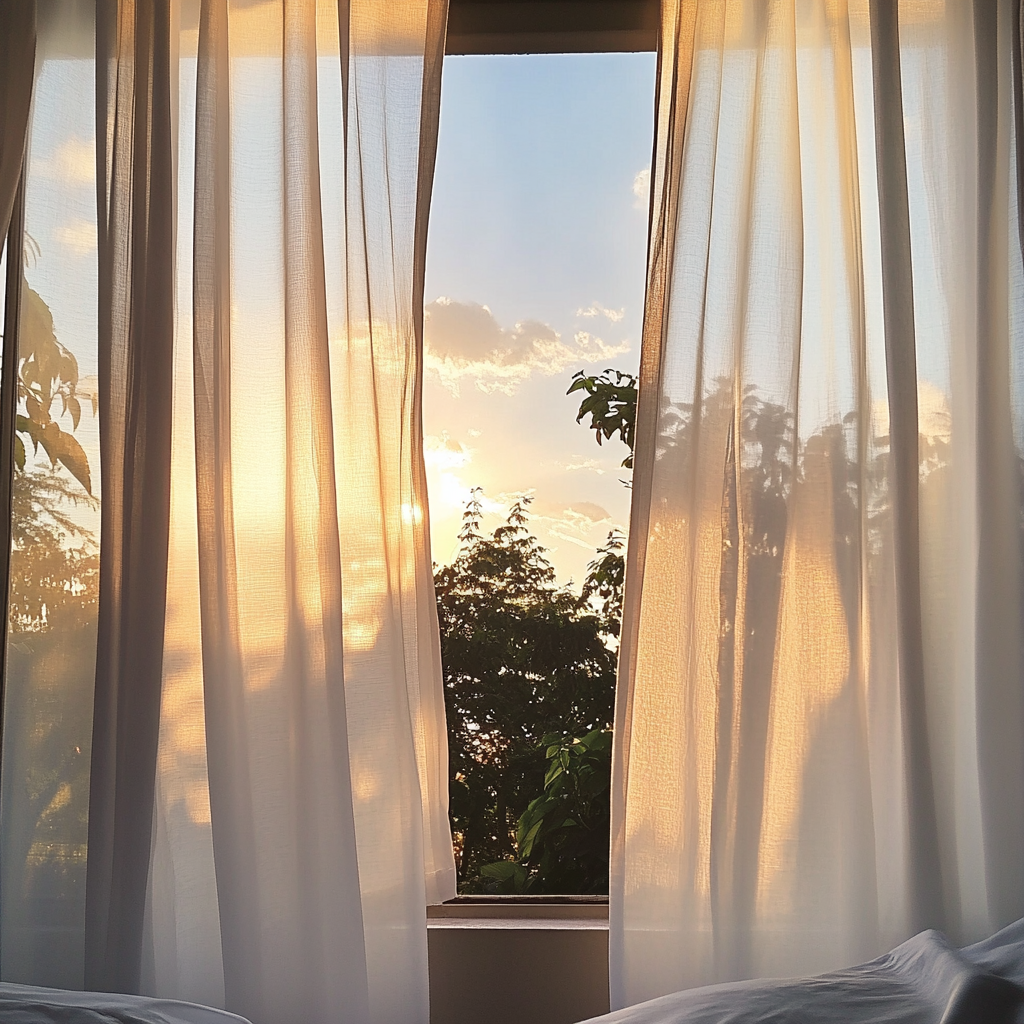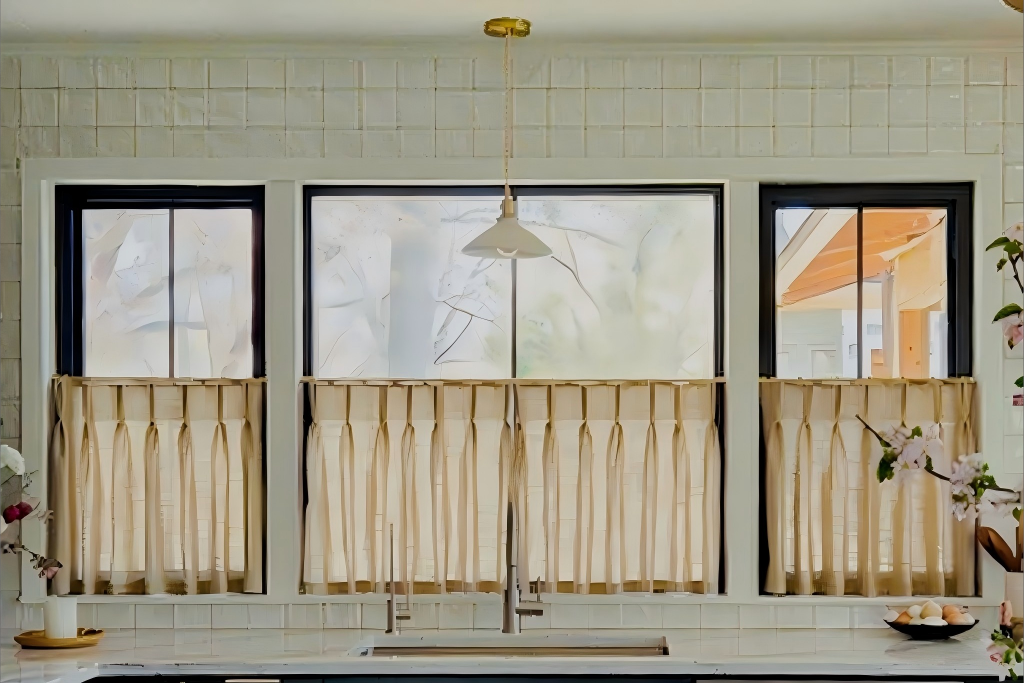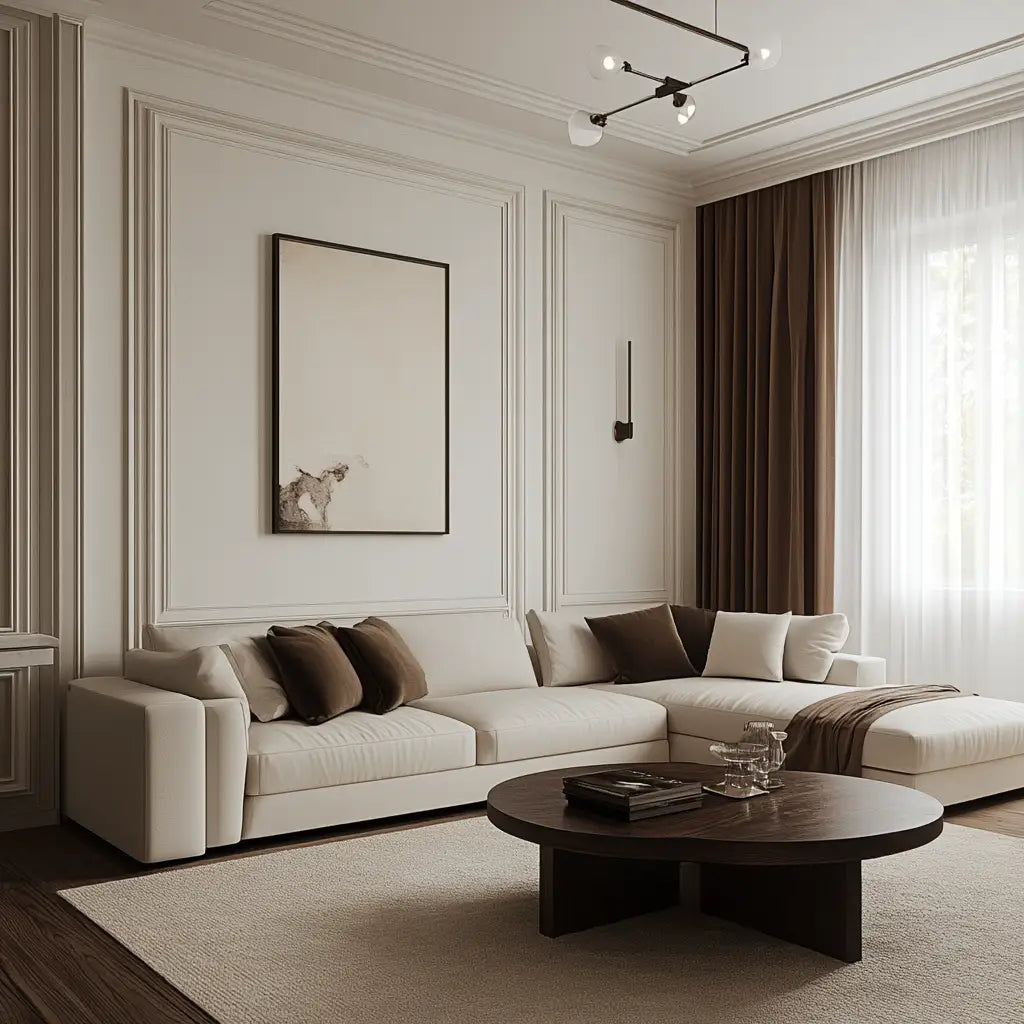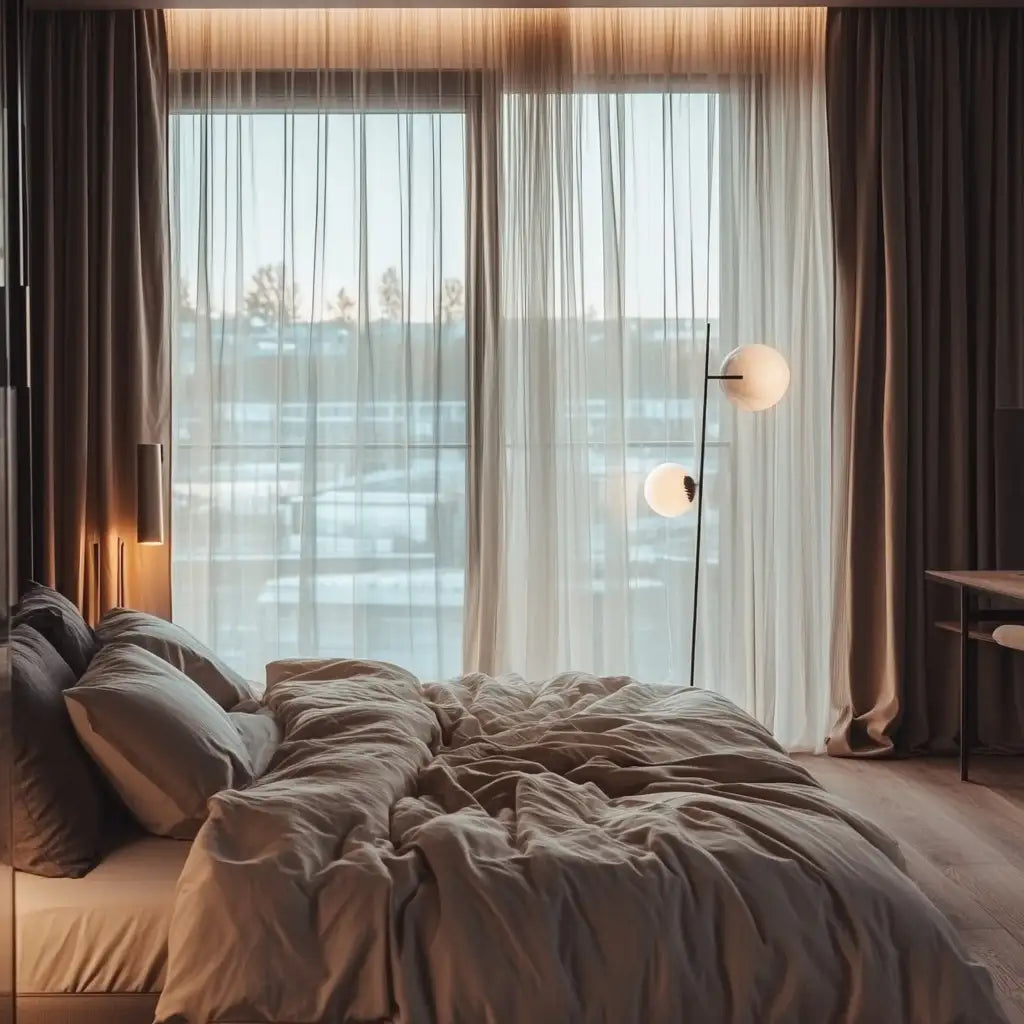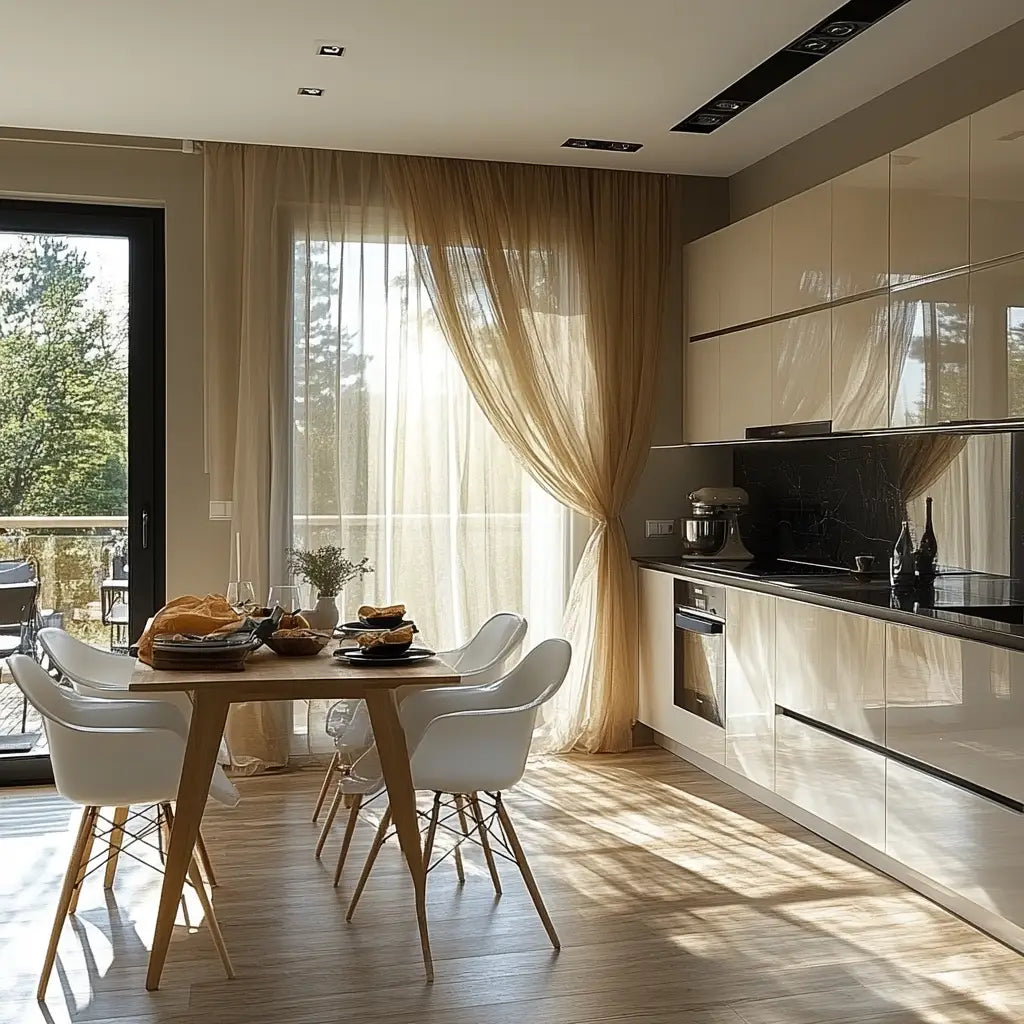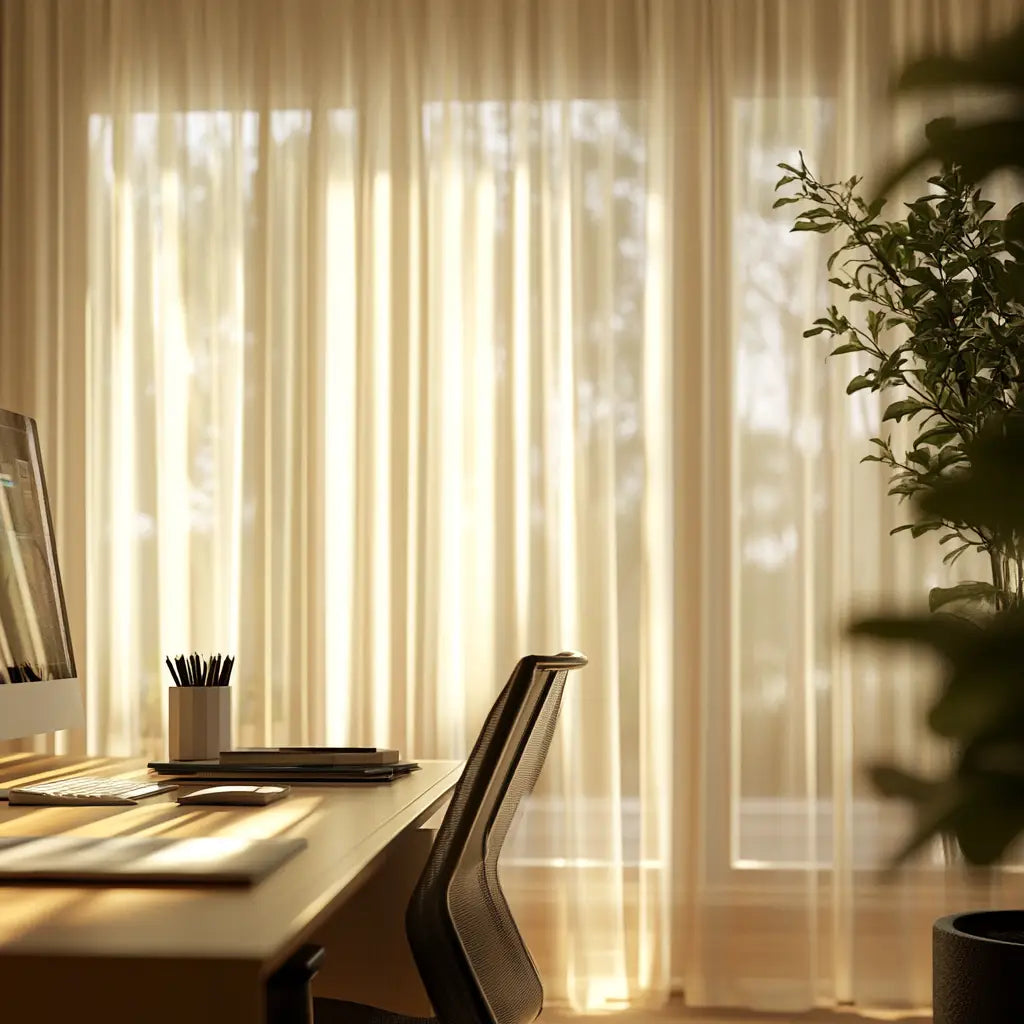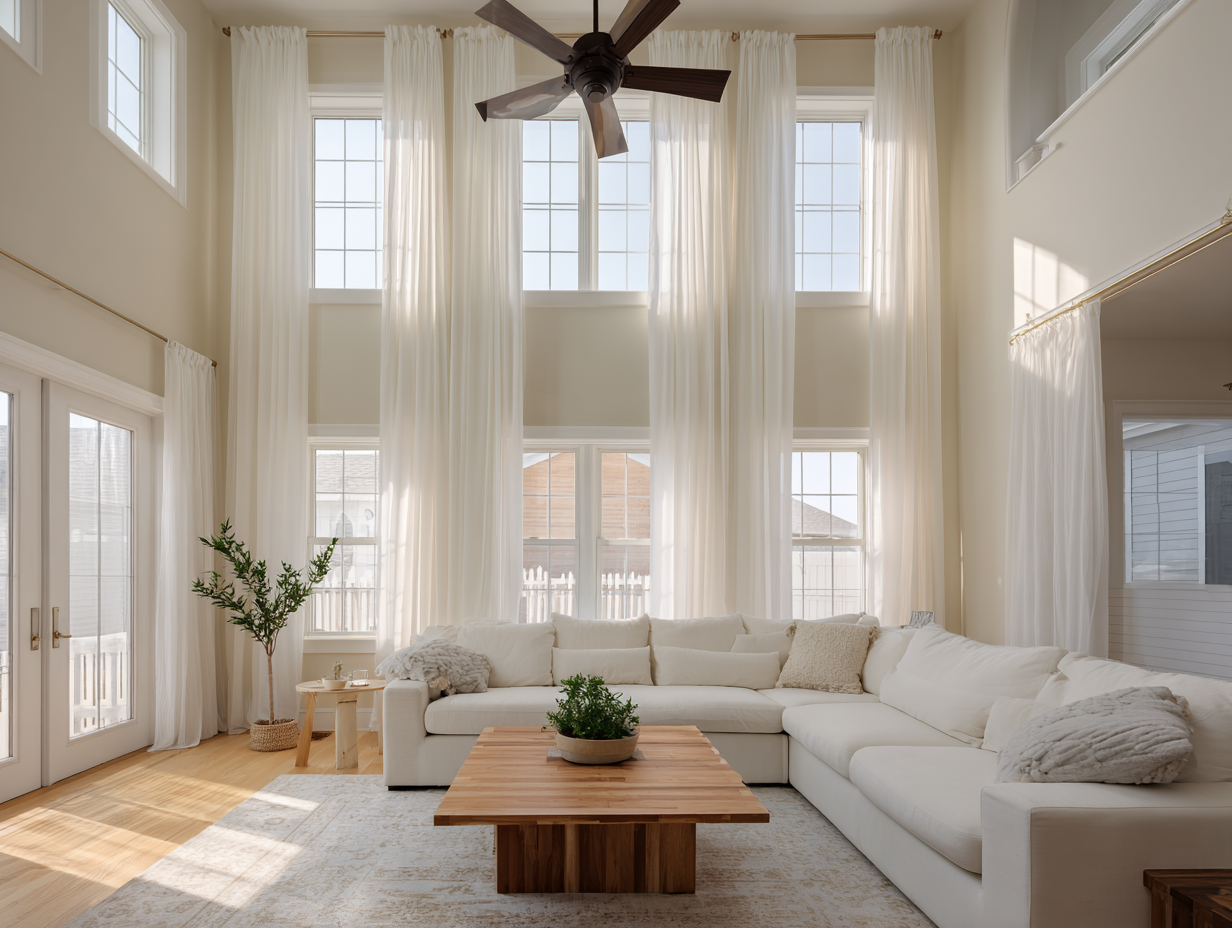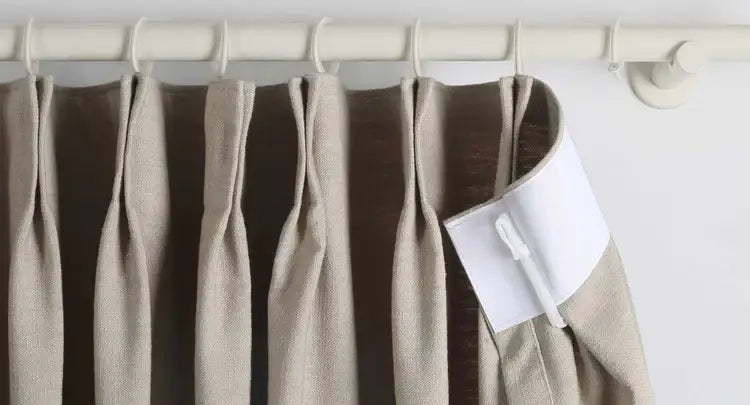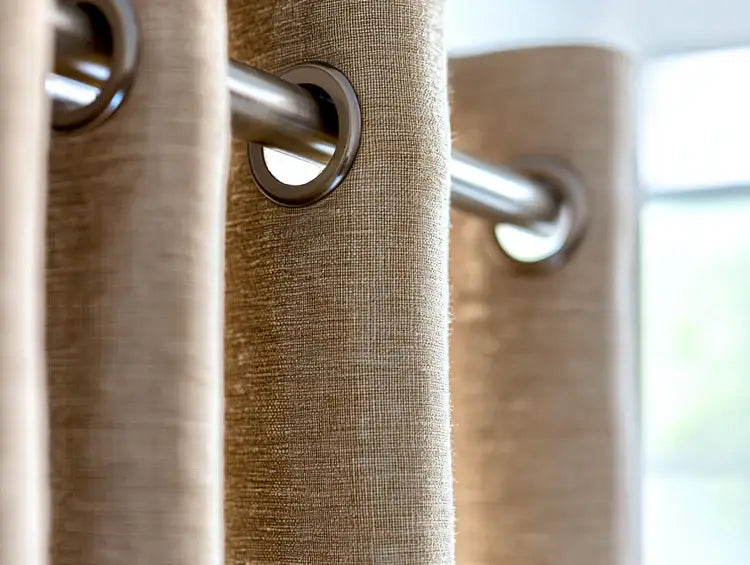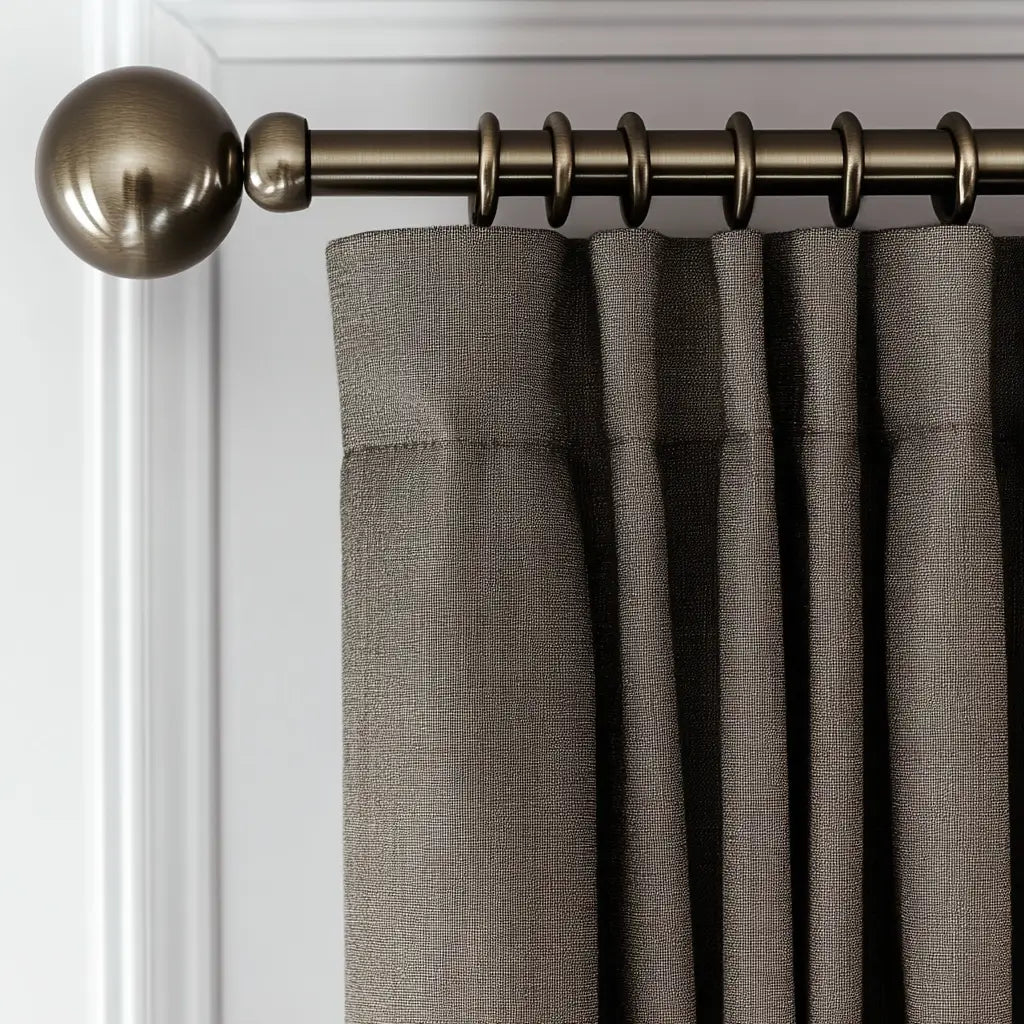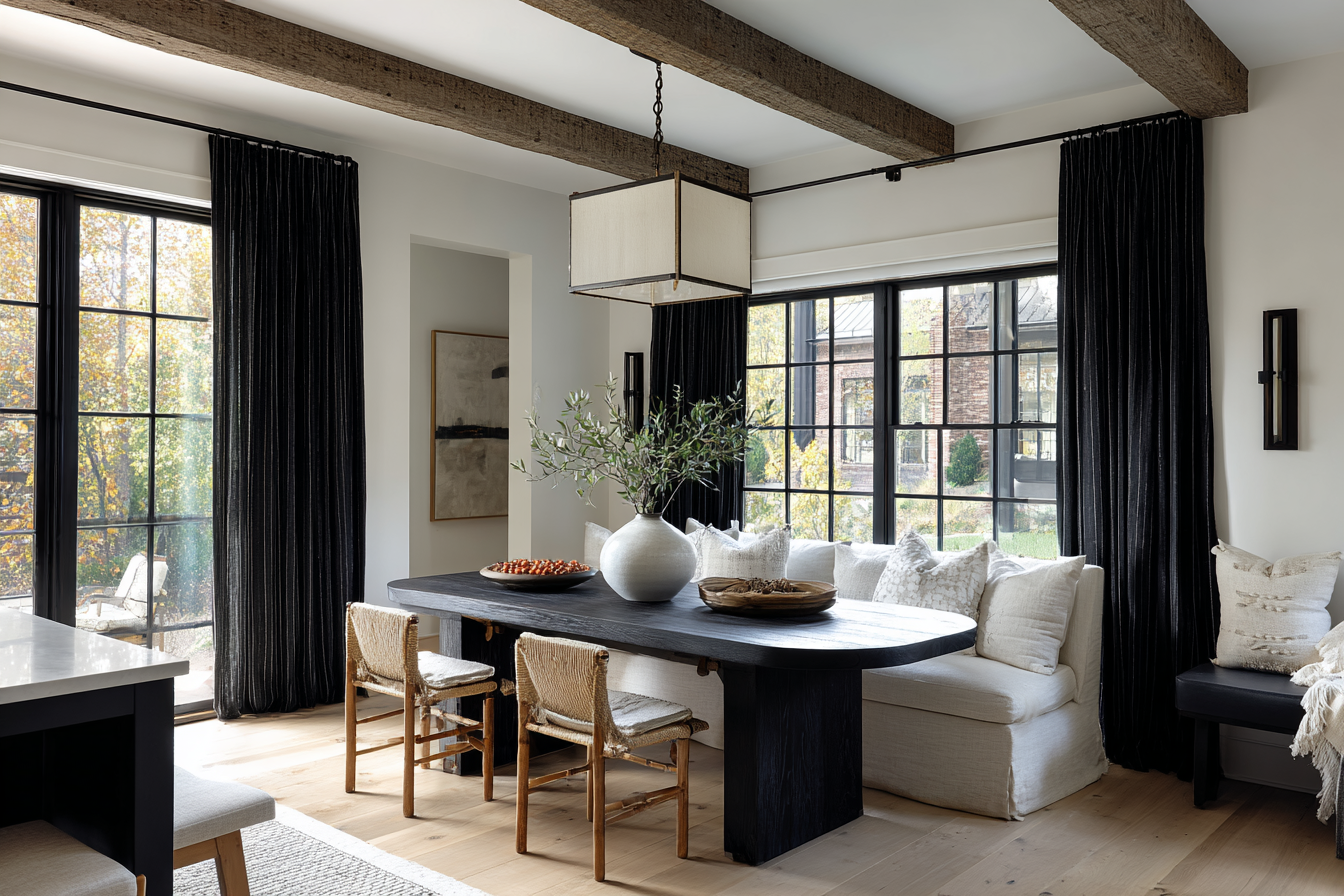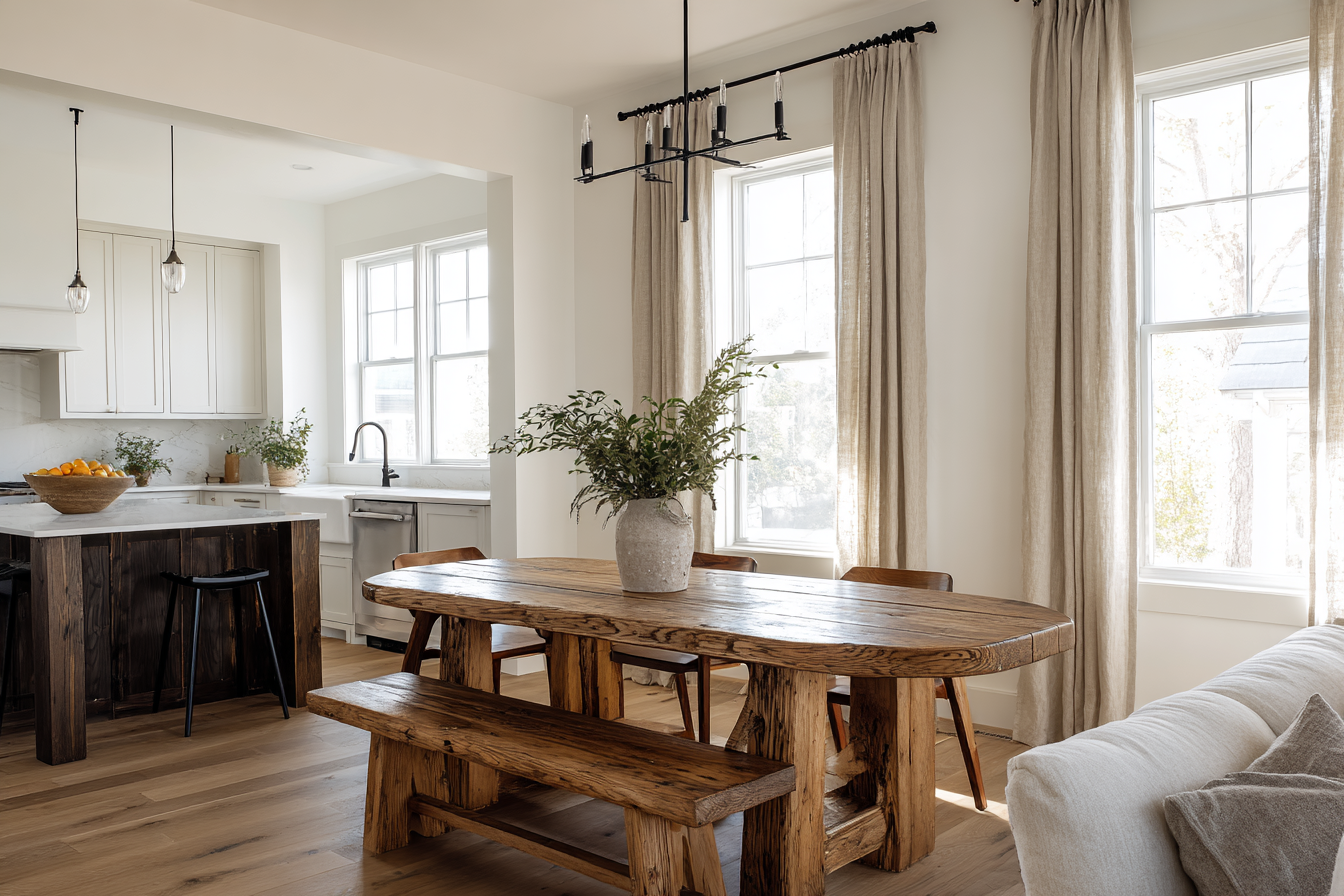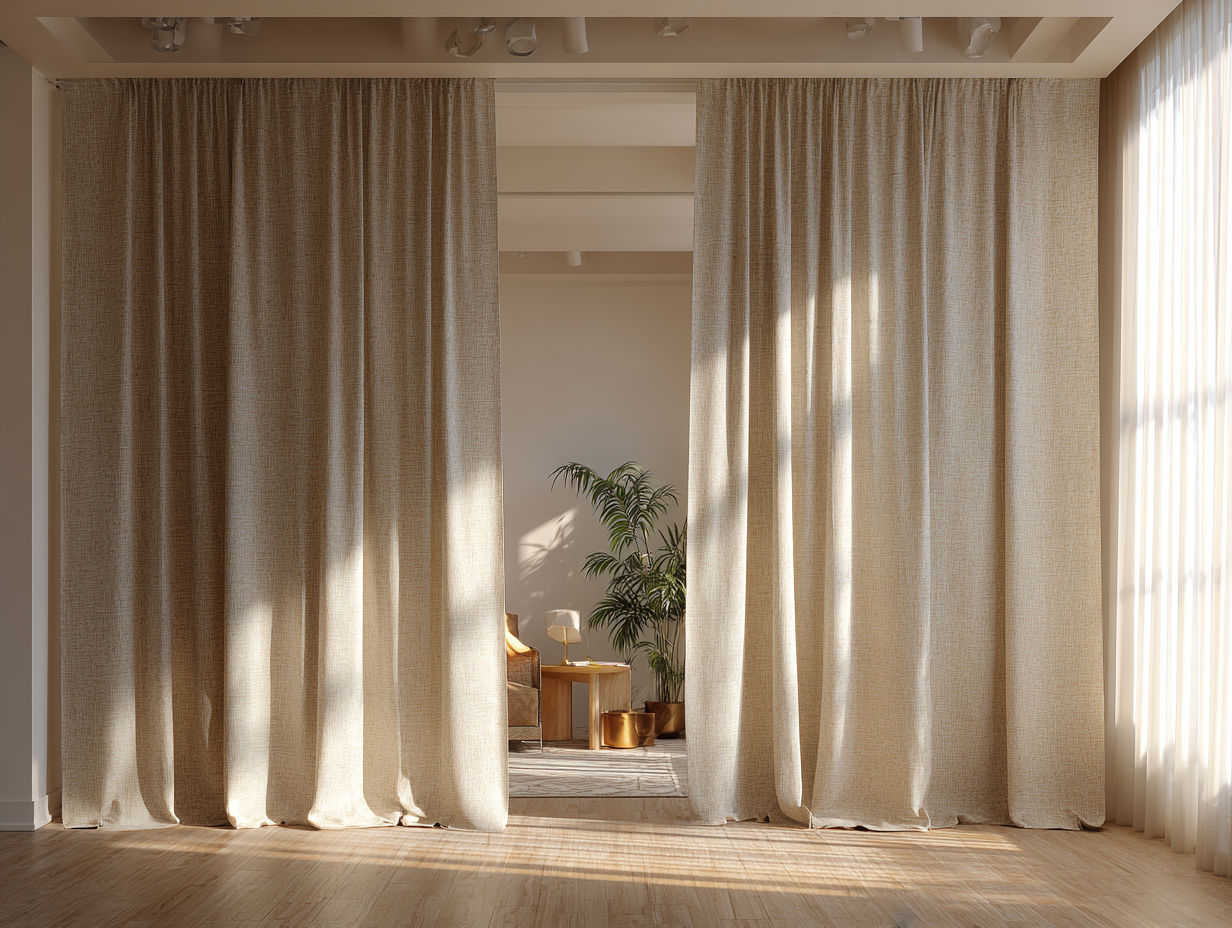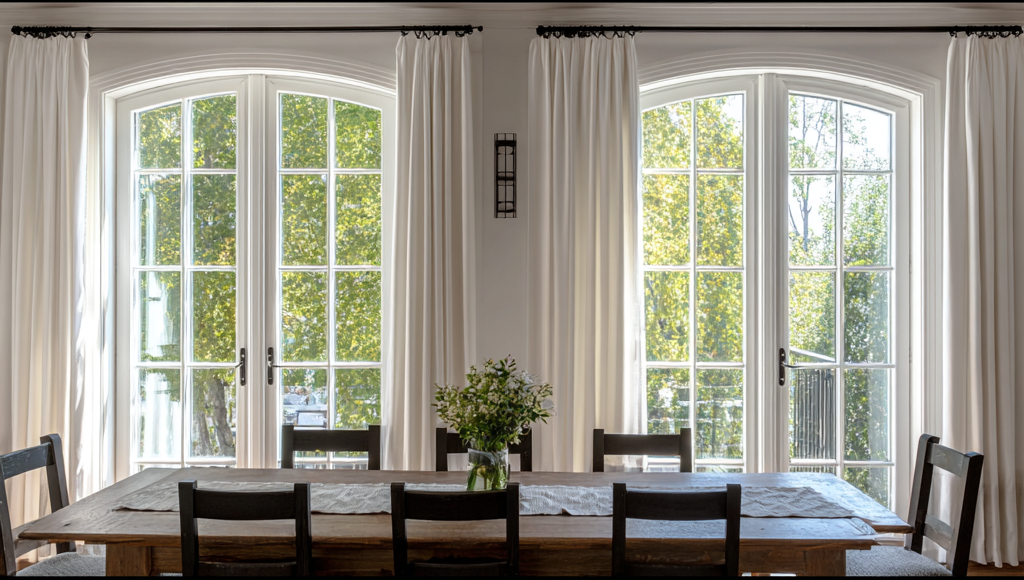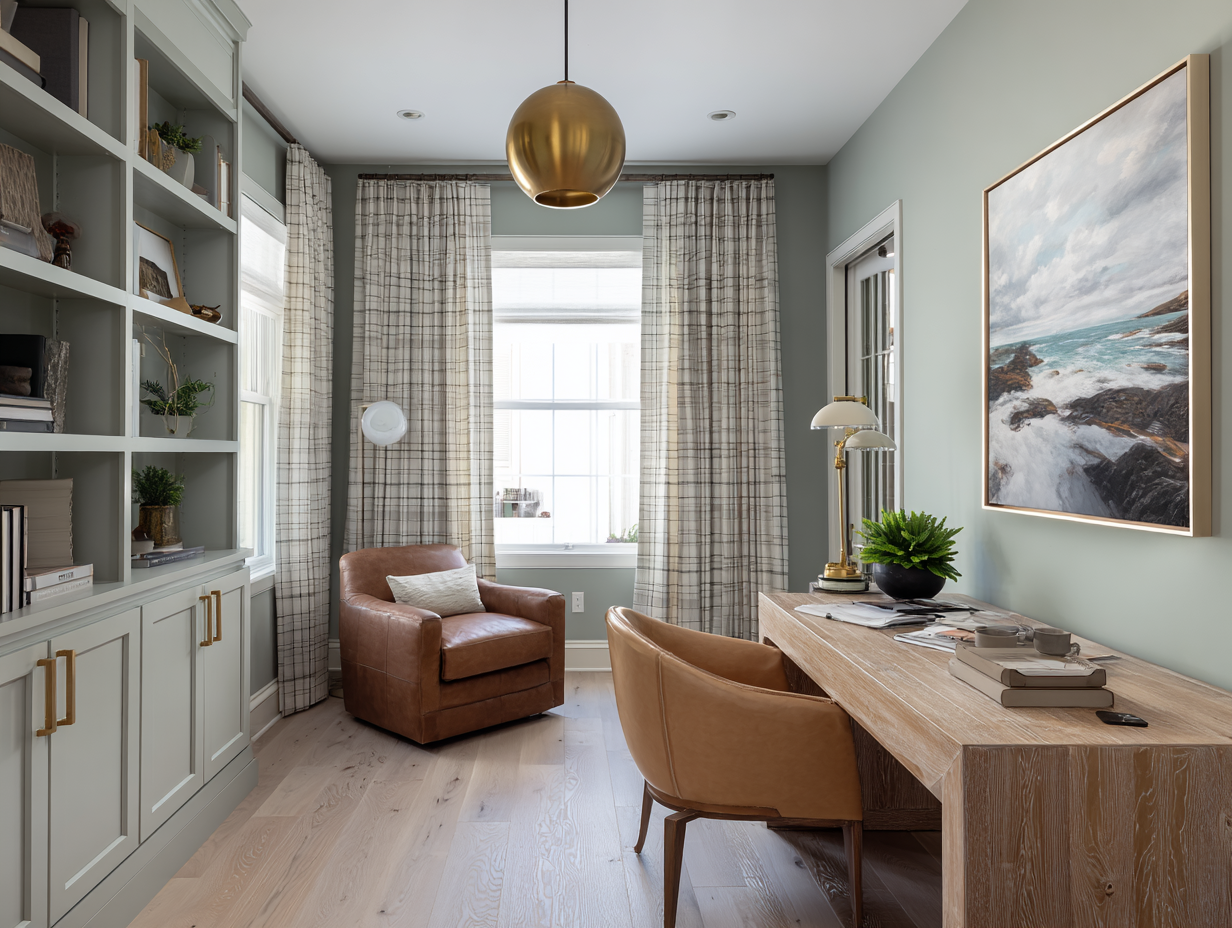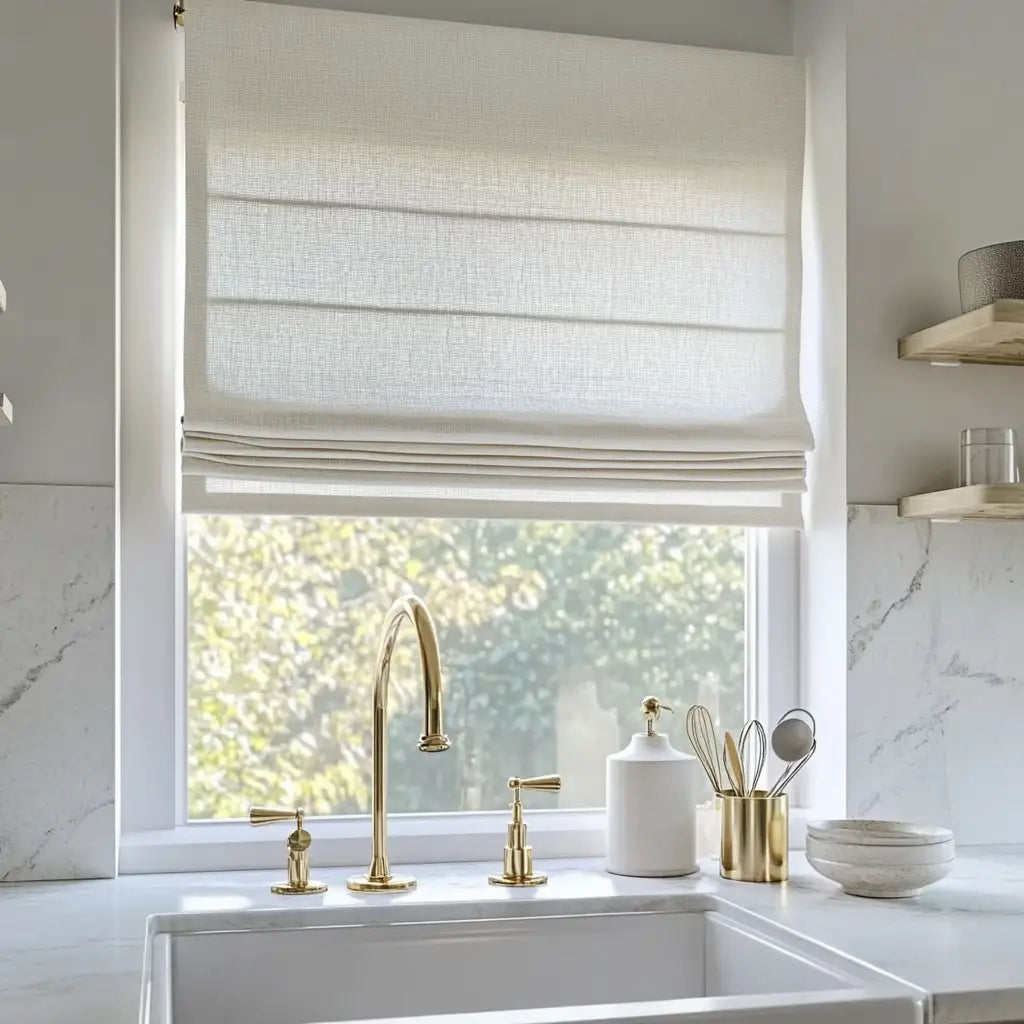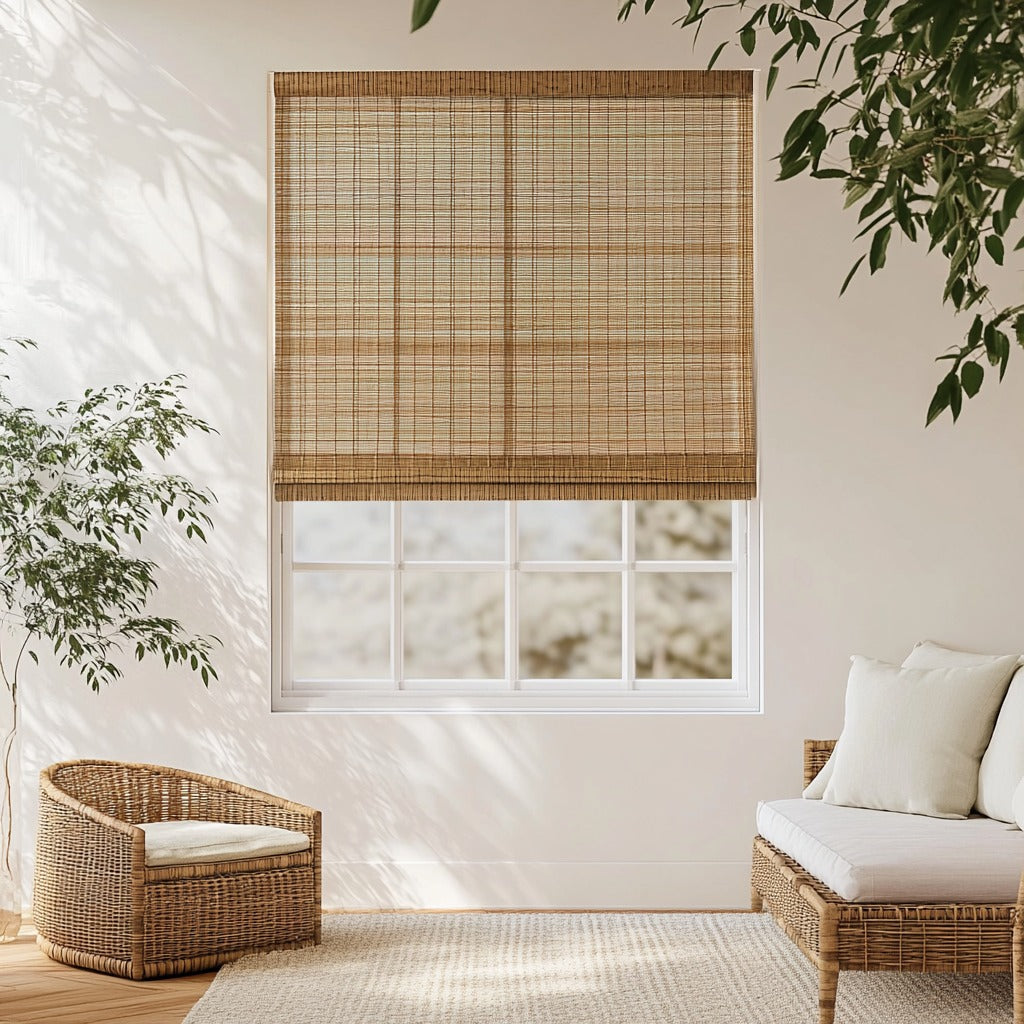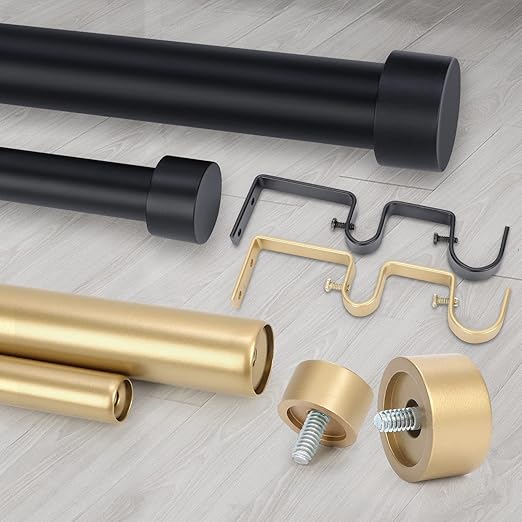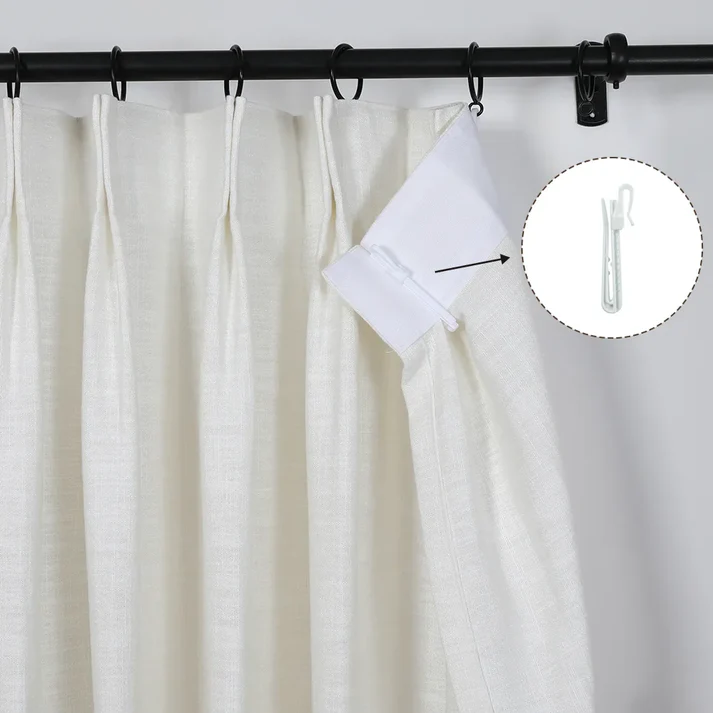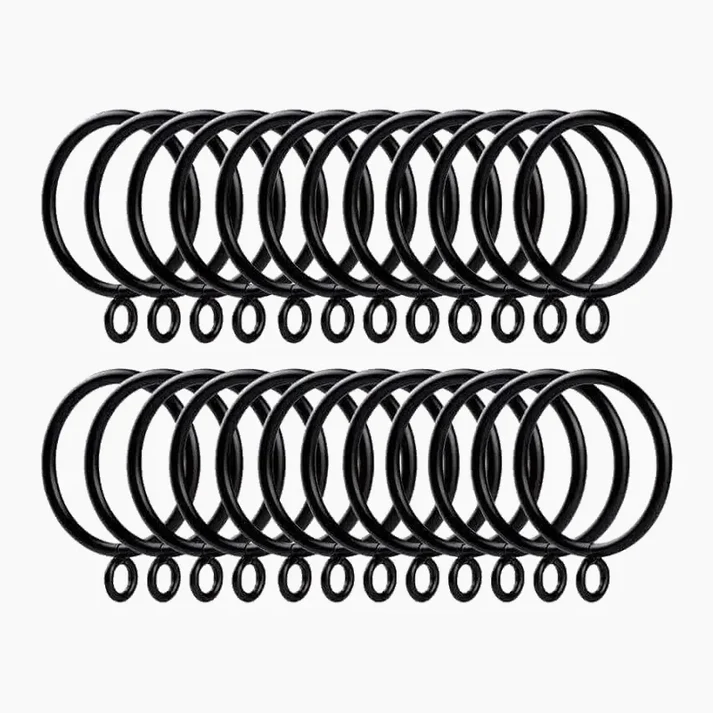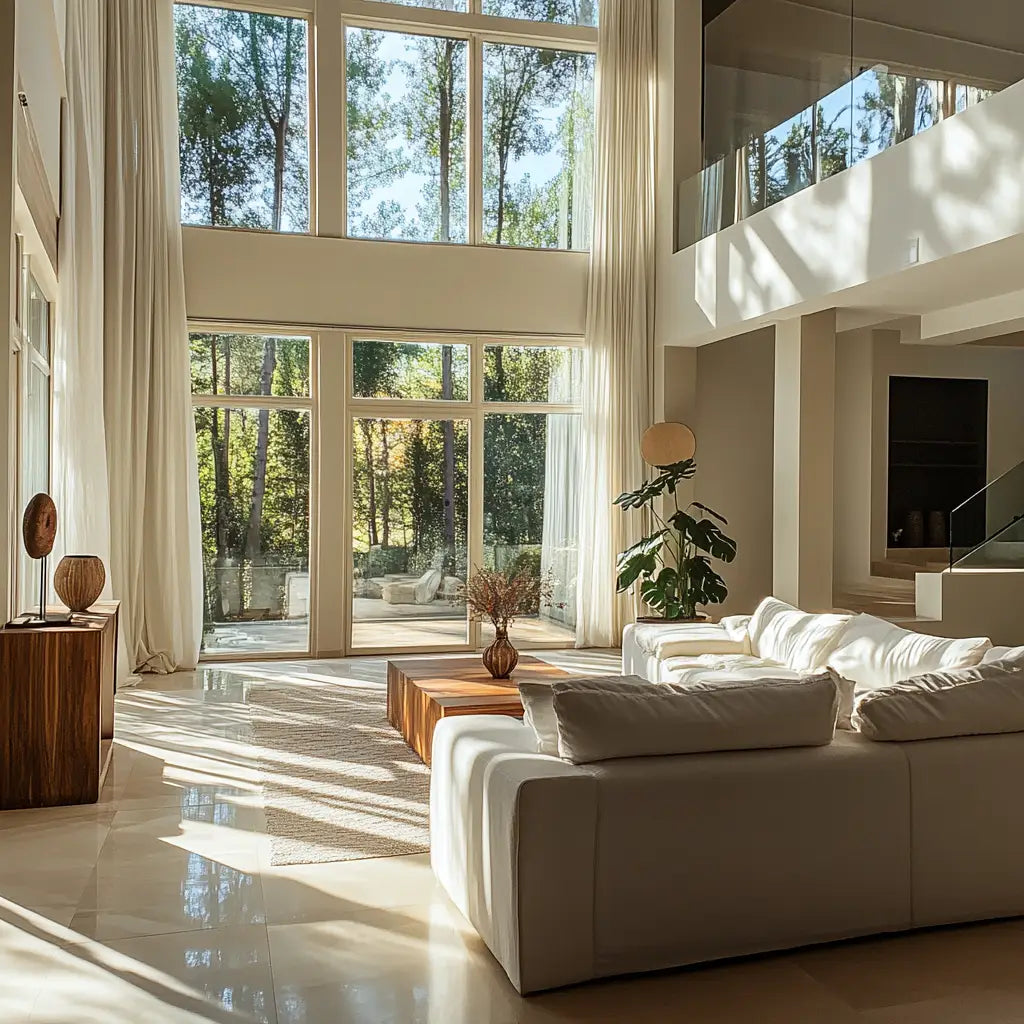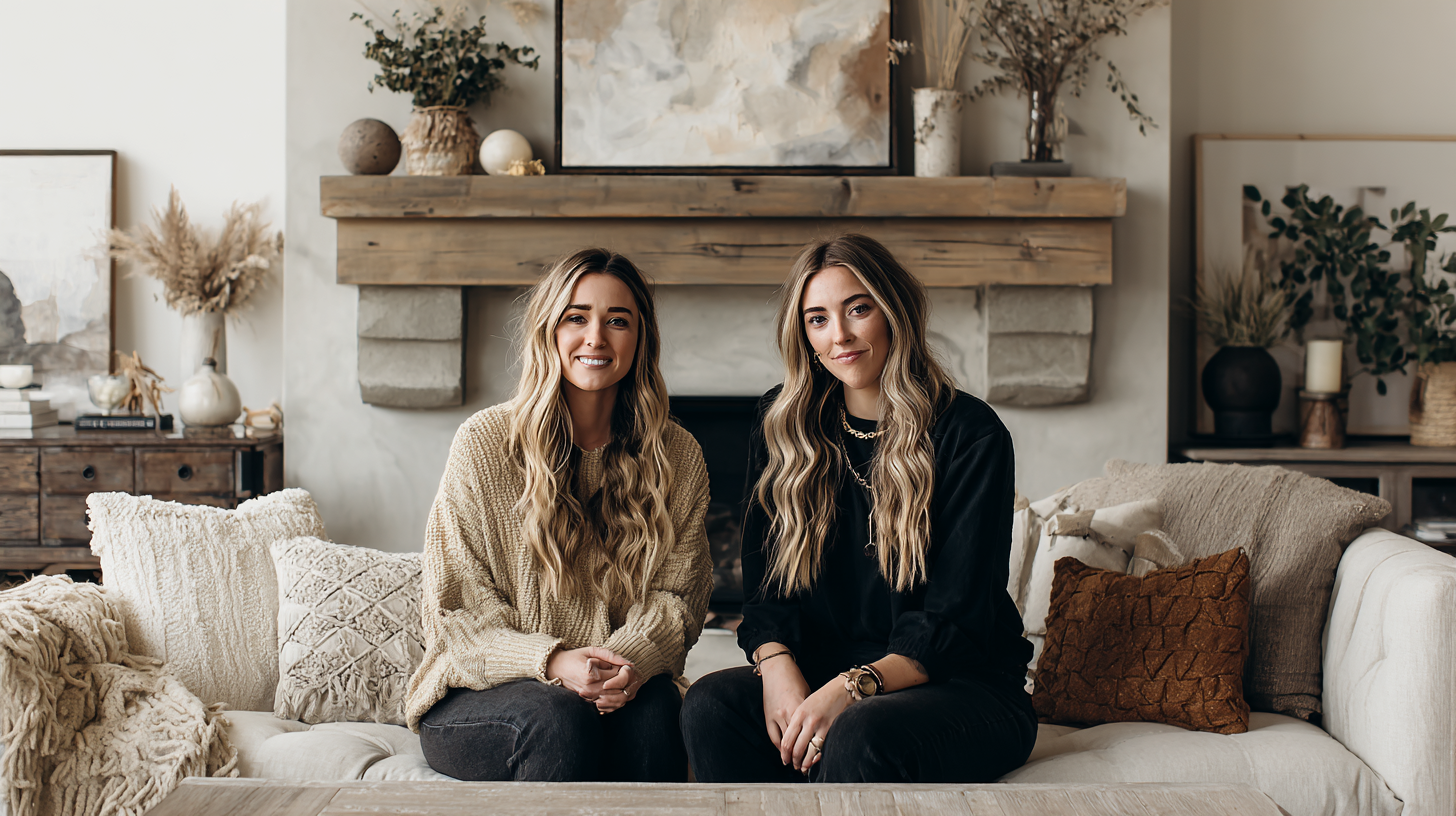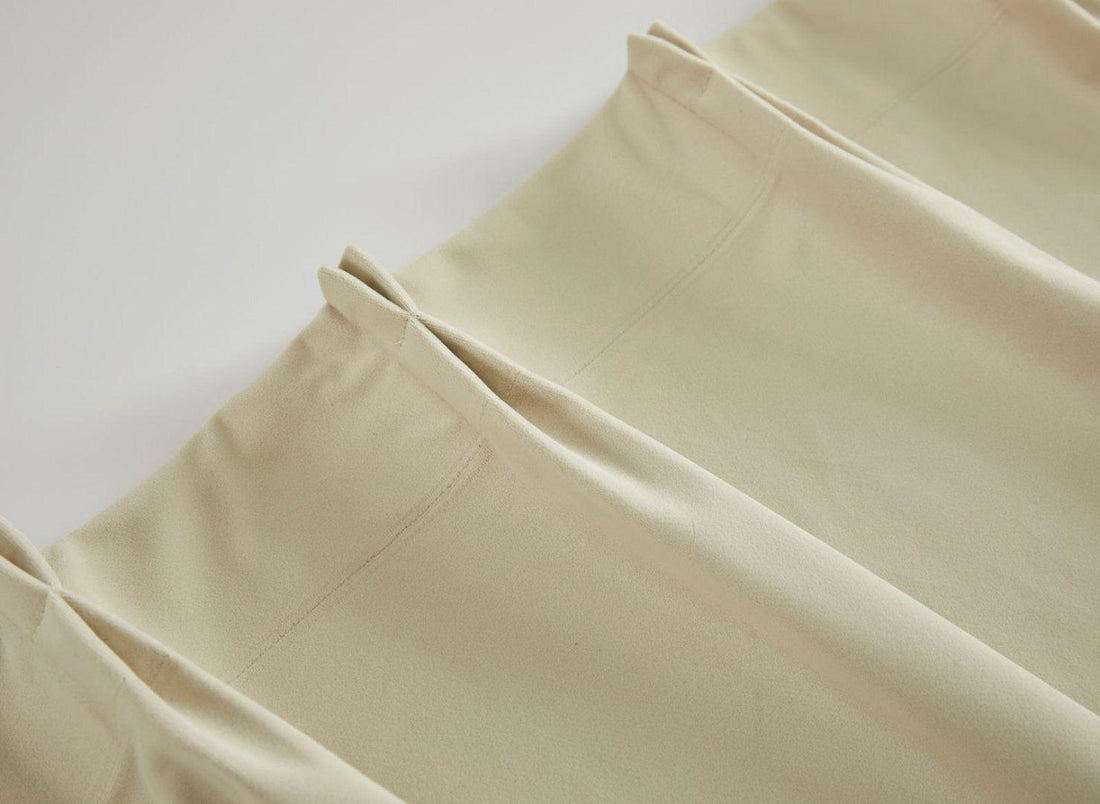
Velvet Curtains: The Softest Way to Add Depth, Drama, and Comfort to Your Home
Velvet has always occupied a distinct place in the world of interior design. Its presence signals intention — not just to dress a window, but to shape the atmosphere of a room. In recent years, velvet curtains have moved beyond traditional spaces and into contemporary homes, proving their versatility across a wide range of styles. But when are they the right choice? And how can you use them effectively without overwhelming your space?
Velvet as a Material: Performance Meets Presence
Velvet is a pile fabric, woven with a dense, short loop that gives it a soft hand and a light-absorbing surface. In curtains, that means two things: excellent light control and a unique ability to add dimension to a room.
Beyond the surface appeal, velvet offers tangible performance advantages. Heavier than cotton or linen, velvet curtains can help regulate indoor temperatures, reduce outside noise, and darken rooms more effectively. These characteristics make them a functional option for bedrooms, media rooms, and street-facing windows where privacy and insulation matter.

Choosing Velvet Curtains: Situational, Not Universal
Velvet curtains aren't for every window. They work best in spaces that benefit from a sense of intimacy or formality. For example:
In a primary bedroom, deep navy velvet with blackout lining can create a cocoon-like retreat.
In a dining room, warm-toned velvet can soften acoustics and heighten ambiance during evening meals.
In a living room with tall ceilings, full-length velvet drapes lend visual weight that balances the vertical scale.
Where they might not be ideal? Compact kitchens, casual playrooms, or damp environments like bathrooms — unless specifically designed for those contexts with moisture-resistant linings or blends.
Styling Considerations: Color, Light, and Proportion
Color plays an outsized role with velvet. Because the fabric absorbs and reflects light unevenly, it amplifies pigment in ways that flat-weave materials don’t. Earth tones feel richer, jewel tones more saturated, and blacks deeper than matte alternatives.
For this reason, designers often recommend choosing velvet in one of two directions:
As a statement: Emerald, aubergine, rust — colors that contrast with walls and furniture to create drama.
As a neutralizer: Charcoal, warm beige, slate — shades that add texture without dominating the palette.
Equally important is scale. Velvet tends to look best when used generously. Curtains that skim the floor or even puddle slightly often feel more intentional than those that end just at the sill.
Curtain Heading Matters
Because of its thickness, velvet drapes respond differently to heading styles:
Pinch pleat velvet curtains hold shape well and emphasize the fullness of the fabric. They’re ideal for formal spaces or any room where symmetry is important.
Soft Top allow velvet to fall in softer, more relaxed styles — often preferred in modern interiors.
Grommets, while easy to install, may struggle with very heavy velvet unless paired with reinforced rods.
At LuxDrape, our Velmor Custom Velvet Drapes offers all three header styles and includes blackout or privacy lining as standard.
Maintenance Expectations
Velvet’s reputation for being high-maintenance is somewhat outdated. While delicate in some forms (such as silk-velvet blends), most modern drapery velvet is poly- or cotton-based and quite resilient. For best results:
Use a handheld vacuum with a soft brush attachment regularly
Avoid direct prolonged sunlight, especially on dark colors
Spot-clean minor stains; otherwise, dry cleaning is recommended
If your velvet is layered over sheers, you may only need to clean it a few times a year.
Integrating Velvet into an Existing Space
If you're unsure whether velvet suits your home, consider starting small. One pair of panels in a reading nook. A layered set behind lighter linen curtains. Or a velvet Roman shade above a neutral sofa. The key is to balance texture: if the rest of your space is minimal, velvet becomes a focal point. If you already have rich textures — boucle, wood grain, leather — velvet becomes a harmonizer.
Final Notes
Velvet curtains aren't a trend — they're a tool. Used well, they can bring depth, softness, and sophistication to any interior. The trick lies in selecting the right color, weight, and style for the context — not just the window. With thoughtful placement, velvet becomes less about luxury and more about intention.
Random Articles
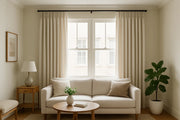
From small spaces to fabric choices, here are 7 most asked questions about custom pleated drapes,...
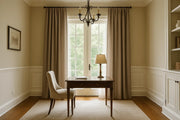
Drapes for home office combine elegance with performance. From fabrics to installation, here’s ho...
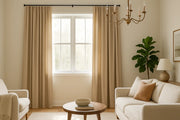
From fabric trials to final results, here’s how I chose solid curtains for my compact home—and wh...
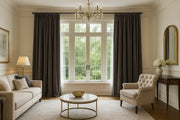
From blackout performance to cleaning tips, find the 7 most common questions answered about custo...

